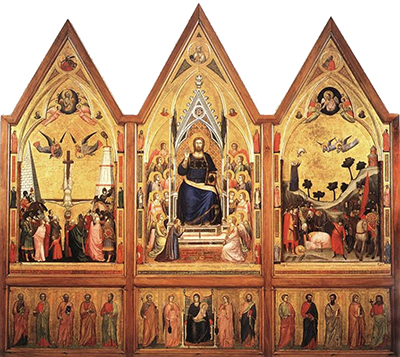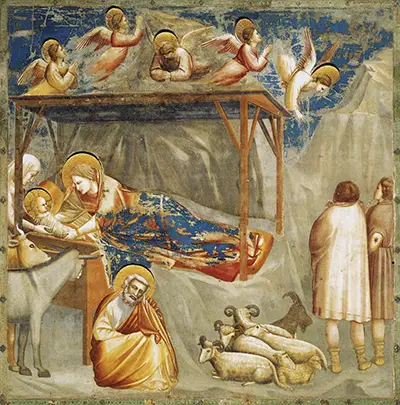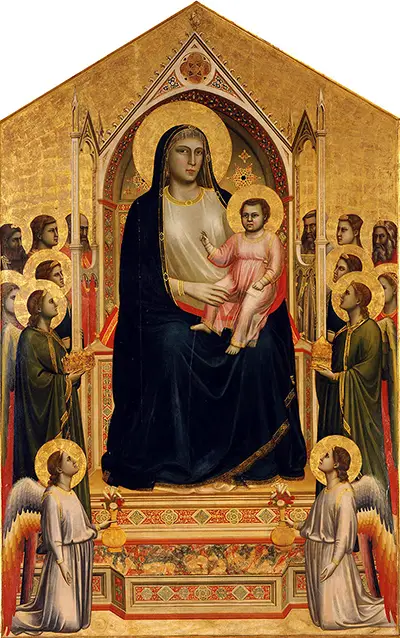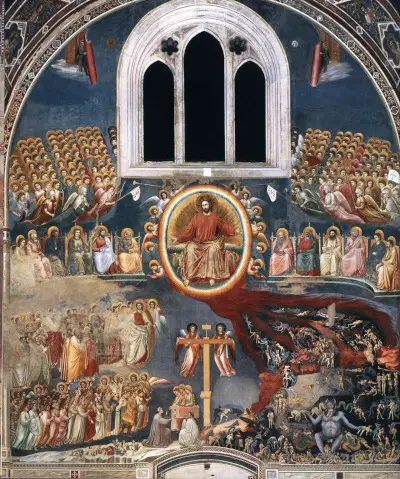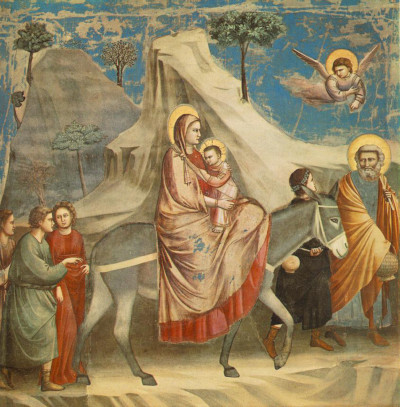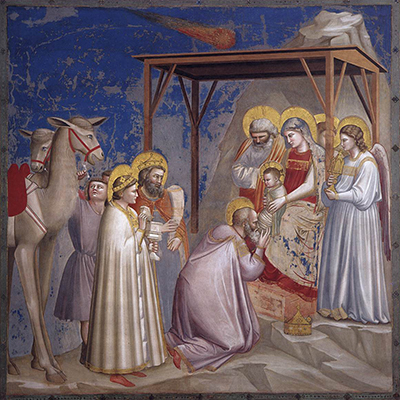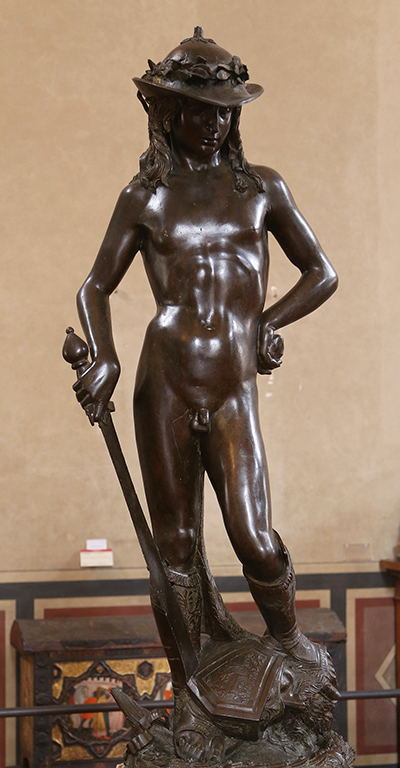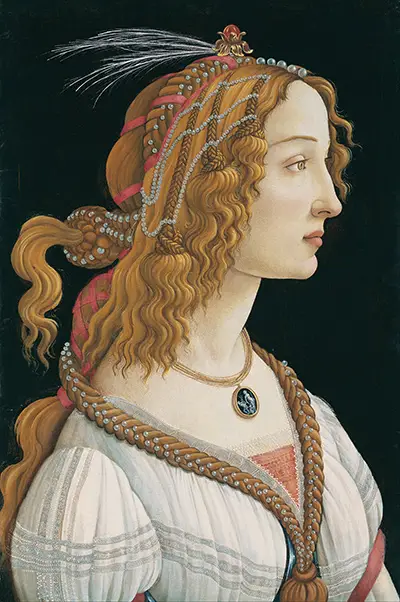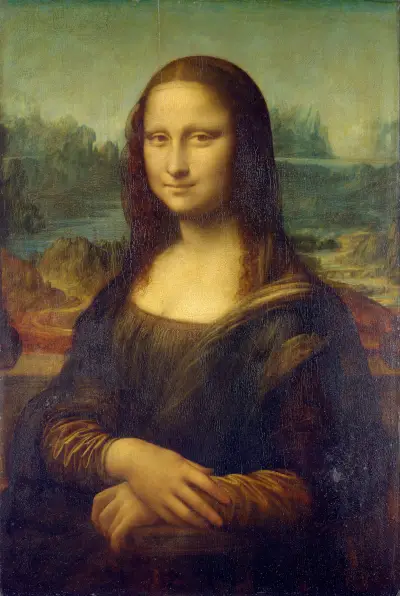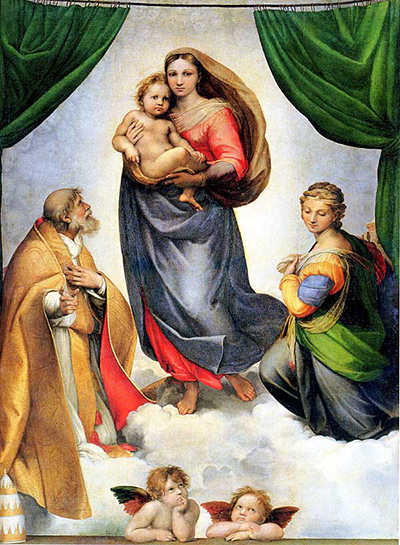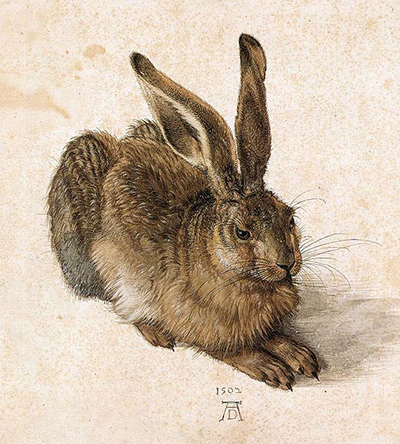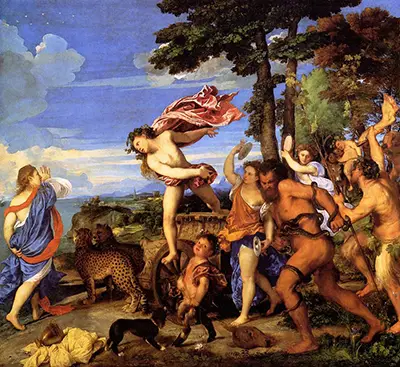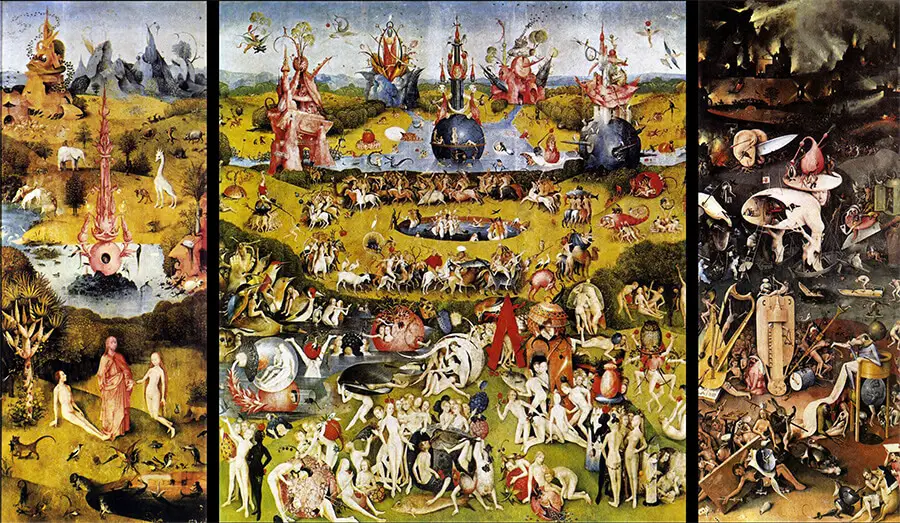The Wedding at Cana, also known as Marriage at Cana, was produced in around 1305 by Giotto di Bondone.
Bible Influence
The fresco refers to a scene from John 2:1-11, and this artwork was part of Giotto’s work in the Scrovegni Chapel. It is joined either side by Baptism of Jesus and followed by the Resurrection of Lazarus, with the artist covering many different tales from the Bible within this highly complex myriad of frescoes which decorate the internal walls of this small chapel in Padua, Italy.
Artistic style
Giotto was famous for bringing volume to his figures and we can see many examples of that here. He also considered each and every figure carefully, giving them their own personalities and behaviors which was relatively unusual in Italian art up to that point.
Even his groups of figures which appear to just be supporting elements to the main content will be carefully considered, with Giotto suggesting ideas to his assistants before they quickly perform their work on the drying plaster. Despite using others to help, there is an impressive consistency running through Marriage at Cana and all other iterations in the series.
Description of the work
The bride and groom sit centrally within the composition, whilst many other guests enjoy themselves with large jugs of wine on hand, along with sufficient food. Giotto liked to include elements of architectural detail within his paintings and along the top of the scene we find a beautifully designed ceiling, with decorative work placed above the visitors.
Giotto once again differentiates between figures using his golden halos, helping us to identify the most important figures within each work. A small doorway is also added to the right hand side, which avoids things feeling too cramped.
The Wedding at Cana, or Marriage at Cana, measures 200cm by 185cm, with Giotto forced to use uniform sizes for each of his frescoes in order to ensure that the grid system lined up correctly. His assistants, under his guidance, would have to work quickly to complete all details prior to the plaster drying. Giotto would design the compositions, and allow others to complete the less important sections.
Scrovegni Chapel
Perhaps the most significant project in his career, the Scrovegni Chapel work by Giotto and his many assistants remains one of the finest artistic examples from this period in European history. Each and every fresco in the series has been examined in detail, and efforts are made to protect these important artworks from future generations to enjoy.
Conclusion
As part of the Scrovegni Chapel frescoes, Marriage at Cana is sometimes overlooked in favor of some of the more famous additions within this series, such as Lamentation and Kiss of Judas. Those passionate about the chapel series, though, will study each item in detail and find qualities throughout, with Marriage at Cana being memorable for the table display, touches of architecture and also the use of angles and perspective across the table, as well as how the figures are positioned.
Whilst elements of the scene still appear flat, in keeping with more traditional artistic styles, there is enough here to see how Giotto was helping to develop the use of perspective within Italian art at this stage. His figurative work was also impressive, with brighter tones of color and more expressive facial features.
More Renaissance Artists



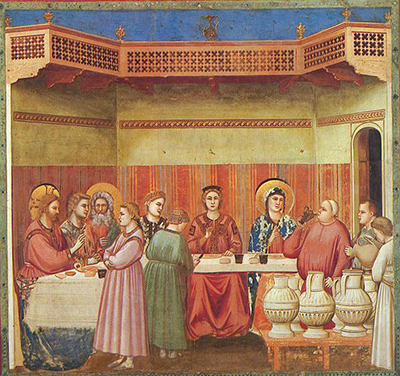
 Giotto.jpg)
 Giotto.jpg)
